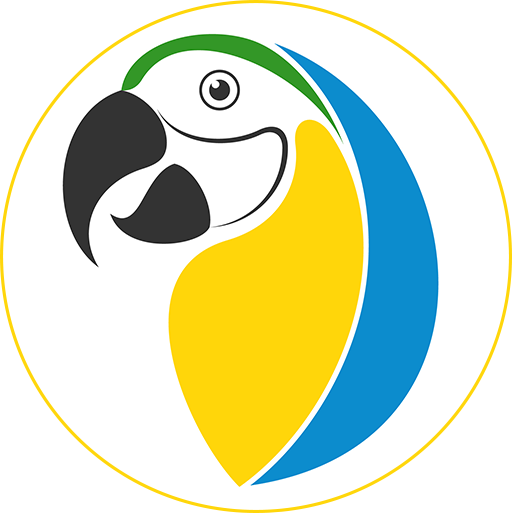All Math Categories | Math Pyramid
Below is a list of categories for Math Pyramid's library of exercises. Click on a link to begin browsing exercises within that category.
Records: 111
Decompose numbers less than or equal to 10 into pairs in more than one way, e.g., by using objects or drawings, and record each decomposition by a drawing or equation (e.g., 5 = 2 + 3 and 5 = 4 + 1).
View exercises in CCSS.MATH.CONTENT.K.OA.A.3 KindergartenFor any number from 1 to 9, find the number that makes 10 when added to the given number, e.g., by using objects or drawings, and record the answer with a drawing or equation.
View exercises in CCSS.MATH.CONTENT.K.OA.A.4 KindergartenCompose and decompose numbers from 11 to 19 into ten ones and some further ones, e.g., by using objects or drawings, and record each composition or decomposition by a drawing or equation (such as 18 = 10 + 8); understand that these numbers are composed of ten ones and one, two, three, four, five, six, seven, eight, or nine ones.
View exercises in CCSS.MATH.CONTENT.K.NBT.A.1 KindergartenDescribe measurable attributes of objects, such as length or weight. Describe several measurable attributes of a single object.
View exercises in CCSS.MATH.CONTENT.K.MD.A.1 KindergartenDirectly compare two objects with a measurable attribute in common, to see which object has "more of"/"less of" the attribute, and describe the difference. For example, directly compare the heights of two children and describe one child as taller/shorter.
View exercises in CCSS.MATH.CONTENT.K.MD.A.2 KindergartenClassify objects into given categories; count the numbers of objects in each category and sort the categories by count.
View exercises in CCSS.MATH.CONTENT.K.MD.B.3 KindergartenDescribe objects in the environment using names of shapes, and describe the relative positions of these objects using terms such as above, below, beside, in front of, behind, and next to.
View exercises in CCSS.MATH.CONTENT.K.G.A.1 KindergartenCorrectly name shapes regardless of their orientations or overall size.
View exercises in CCSS.MATH.CONTENT.K.G.A.2 KindergartenCorrectly name shapes regardless of their orientations or overall size.
View exercises in CCSS.MATH.CONTENT.K.G.A.3 KindergartenAnalyze and compare two- and three-dimensional shapes, in different sizes and orientations, using informal language to describe their similarities, differences, parts (e.g., number of sides and vertices/"corners") and other attributes (e.g., having sides of equal length).
View exercises in CCSS.MATH.CONTENT.K.G.B.4 KindergartenModel shapes in the world by building shapes from components (e.g., sticks and clay balls) and drawing shapes.
View exercises in CCSS.MATH.CONTENT.K.G.B.5 KindergartenCompose simple shapes to form larger shapes. For example, "Can you join these two triangles with full sides touching to make a rectangle?"
View exercises in CCSS.MATH.CONTENT.K.G.B.6 Kindergarten


